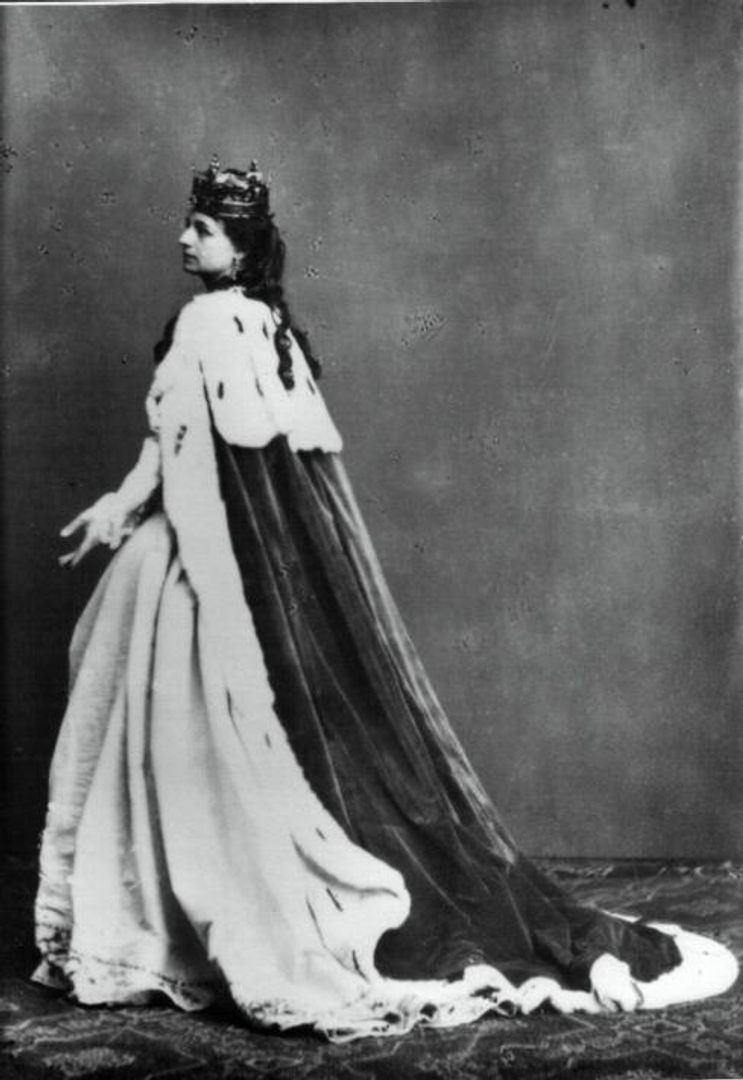The Helena Modrzejewska Old Theatre in Krakow
6.38

Overview
The Helena Modrzejewska National Stary Theatre in Krakow, one of Poland's two national drama stages, boasts a history dating back to the 1780s. Its establishment was initiated by Krakow deputy Feliks Oraczewski and actor Mateusz Witkowski, who obtained permission to organize theatrical performances in the Spiski Palace on the Main Market Square. In 1799, the theatre moved to its current location at the intersection of Jagiellońska Street and Szczepański Square, where it gained popularity under the management of Jacek Kluszewski. The theatre became a venue for ambitious productions, including Shakespearean and romantic dramas. Throughout its history, it has attracted many renowned artists, such as Helena Modrzejewska, Andrzej Wajda, and Konrad Swinarski.
Although the theatre faced challenging times in the 20th century, including a move to a new building and renovations in the Art Nouveau style, its activities resumed after World War II, and its repertoire was adapted to new literary trends, including socialist realism. After 1954, the theatre regained its independence, and in 1991, it was granted national theatre status. Today, it is a hub of innovative initiatives, such as a foundation supporting the arts and workshops for young creators. The theatre building also houses an Interactive Museum, highlighting its role in cultural education. An interesting fact is that from 2009 to 2019, the theatre was the only Polish representative in the European Theatre Convention Mitos21, which brings together the most important theatre stages in Europe.
Location
Tickets
Powered by GetYourGuide
2025 Wizytor | All Rights Reserved